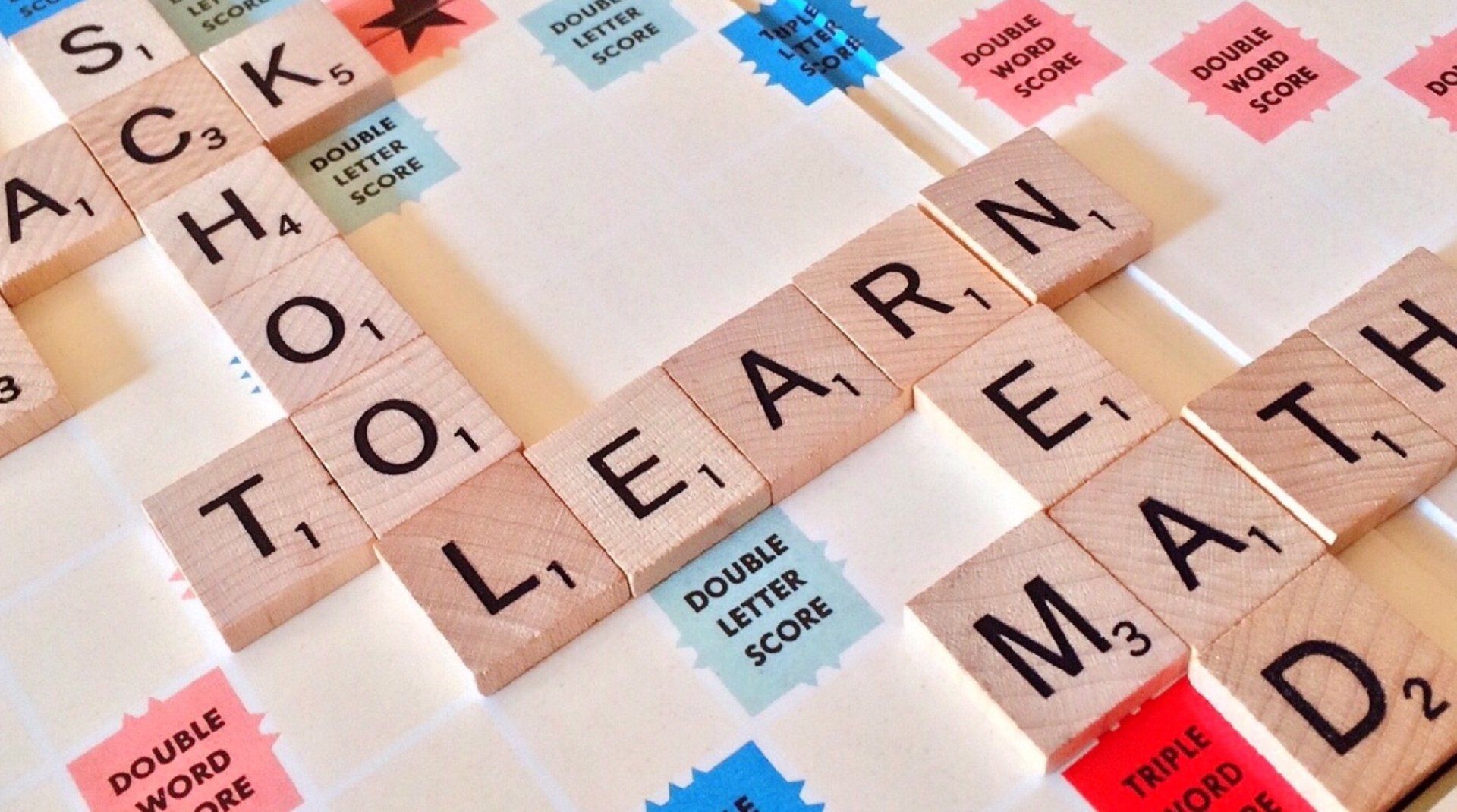Hiring Interns Can Be Very Profitable for Businesses Summer is the most popular time for hiring an intern. High school and college students alike hunt around to fill their summers with meaningful experiences to buff up their resumes and discover their interests. They...
My Child is Being Bullied What Can I Do

My Child is Being Bullied What Can I Do
My Child Is Being Bullied — What Do I Do?
“My child is being bullied what can I do?” If there is one thing for sure, no parent ever wants to utter these words. And in a perfect world, no parent would ever have to address their child being bullied in the first place. But the hard truth is that bullying in school is much more common than you may think. In fact, 19% of children grades 9-12 have reported being bullied, and about 160K teens skip school every day because of bullying.
Now, even though bullying in school and cyberbullying prove to be a constant battle across the board, Shamrck offers several steps you can take immediately to help stop bullying and get your child out of this struggling situation.
Effects of Bullying:
- Depression
- Anxiousness
- Low Self-Esteem
- Insomnia or Oversleeping
- Self-Harming
- Absent From School
- Feeling Sick and/or Drained
- Expressing Suicidal Thoughts
My Child Is Being Bullied – What Do I Do?
- Talk To Your Child
You can see it, you can feel it, and you have that core parenting intuition that something is off. Maybe your child is becoming more isolated and quiet or acting out in ways that are out of the ordinary. Whatever the case may be, if you begin to notice behavioral changes or any of the bullying warning signs listed above, then talking to your child in a gentle manner is the first step.
For this ice breaker, be sure to talk to your child within a safe and secure space where they feel comfortable being vulnerable. Talk to them in a way that allows for open-ended conversation that is both unbiased and non-judgmental. Let them know that no matter what they may be facing in life, bullying or not, that they can come to you and that you can help them. Establishing this connection and outlet for them is the first step in giving your child the confidence and encouragement, knowing that they are never stuck and have someone on their side advocating for them. Overall, children who are being bullied tend to close off due to shame or embarrassment and sparking a compassionate-based conversation like this can help them feel safe opening up to you about being a victim.
- Document The Facts
Once you have talked with your child and gained the full story/picture of what is going on, the next thing you will want to do is document it. This is another stage where gentle approaches are mandatory, as you do not want your child to get upset or uncomfortable as you deep dive into the details of their very personal experiences. The best way to keep this on the right track is staying assuring, calm, and asking open-ended questions to encourage them to share. Try to get them to be as specific as possible. Print any bullying text messages or screenshots of social media posts and contact others who may be witnesses as to what is going on. The more details, timelines, and proof you have about your child being bullied, the better positioned you will be for the following steps.
- Report It to The School Officials
By step #3, here is where you take everything that you learned and gathered and report the bullying in school directly to the principal and your child’s teachers. You may feel reluctant to take on this step, especially if your child is asking you to “drop it” but getting adults/authority figures involved is a power move to stop bullying behaviors. During this phase, be firm on your stance and let the school know that you want to work with them closely to find a solution to stop the bullying from continuing.
In addition, you can also report the situation to the bully’s parents themselves, but this can sometimes make matters worse. Before jumping into that, consider reading the school’s bullying policy first and see if they will contact the bully’s parents on your behalf. In short, be careful about interacting with the bully’s parents because you never know if they will be objective or subjective about the situation, making it better to have a middleman (aka the school) be the common ground mediator.
- Monitor, Monitor, Monitor
Once you report the bullying, the next thing you will want to be proactive with is monitoring the action taken. Ultimately, you can do this by staying in close touch with the school officials to stay updated on progress or change and ask your child if they are seeing improvements from their perspectives. For this part, try and get any updates in writing for documentation purposes. If time goes by (about two weeks) with no new actions and your child is still being bullied, then consider taking your concerns up the chain of commands to the school’s superintendent and the Board of Education. If it comes to this, give them all your documentation, who you spoke with, and the lack of action taken to address it.
If you still have no luck and the bullying continues, then contact the State Department of Education and/or file an OCR if you feel that the lack of school support is due to discriminatory relations. In general, an OCR refers to the Office for Civil Rights within the US Department of Education. Because Educational institutions are obligated to protect students and their rights against discrimination, you can file a complaint to receive federal-level assistance.
- Help Build Confidence Against Bullying – See Something, Say Something
Though this may be step #5, this point is something that should be done harmoniously alongside the steps listed above. All in all, taking action to stop a child being bullied is a large part of the process, but the other part is helping your child strengthen their resilience, confidence, and stance against bullying. Let them know that they are worthy of respect and do not deserve to be treated the way that they are. During this, talk and even roleplay practice safety strategies such as seeking an adult when feeling threatened and addressing issues without physical retaliation.
Even more, encourage them to develop their innate talents and branch upon their positive attributes through extracurricular activities where they can meet other like-minded people. Furthermore, help them build the courage to stand against bullying with the ‘see something, say something’ approach to protect their own selves and others. Lastly, remind your child that if a bully treats them poorly, it has nothing to do with them and is more a direct reflection of their own insecurities. And no matter what, home will always be their safe-haven space.
Conclusion – Notice The Signs, Take Action, Stop Bullying
In summary, bullying can happen to anyone. Whether your child is in 1 st grade or 12 th , bullying is a real and raw issue that can impact any child at any age – even yours. Overall, you may not have the ability to stop bullying in school on a national scale, but you can certainly push the anti-bullying efforts in the right direction for your child and for others around them. Overall, it takes understanding the -child being bullied- warning signs, showing uncontainable love and support, and knowing the proper channels to take to put the “my child is being bullied, what do I do” question to rest.
As a final note, bullying in school or online is never okay. And though you can take the proper steps to address it as noted above, be sure that the bullying itself does not turn into threats along the way. Because the moment emotional abuse transforms into physical/violent threats, then it immediately turns into a crime that can be alerted to the police. In the end, bullying can help be addressed with adult support, but threats are police territory, and never be afraid to walk down those paths if it comes down to it.
Go to the Shamrck Dashboard today to learn a little more about your child’s interests and which courses can help prepare them for the future.
Internships, Apprenticeships, and Full-Time Work
Weigh Your Options and Decide Which is Best for YouThere are many different options available when it comes to choosing a career path. Do you want to gain more skills before you graduate? Are you looking for practical experience in your field of study? Possibilities...
Women in Healthcare and Life Sciences: The Ongoing Stress of COVID-19
How Women in Healthcare are Managing with the Covid Challenges Check out McKinsey & Company's article: Women have long found a path toward advancement in healthcare and life sciences—from Virginia Apgar, who developed a standard in the 1950s to assess...










